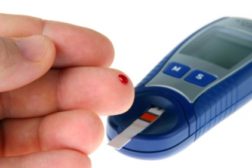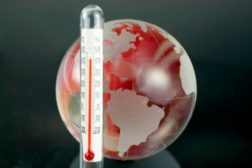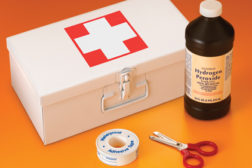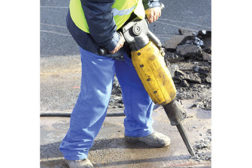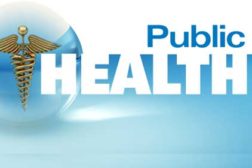Workplace Health
Winter months hold highest risk for carbon monoxide poisoning
NFPA and CPSC roll out carbon monoxide alarm safety toolkit
November 4, 2014
EPA unveils big climate plans
Focus is on protecting human health, the environment
November 4, 2014
Want to lower your stroke risk?
Eat lots of fruit, vegetables, whole grains and nuts
October 30, 2014
Faith-based organization tackles U.S. Hepatitis C epidemic
Baby Boomers make up 75% of HCV cases
October 29, 2014
Never miss the latest news and trends driving the safety industry
eNewsletter | Website | eMagazine
JOIN TODAYCopyright ©2024. All Rights Reserved BNP Media.
Design, CMS, Hosting & Web Development :: ePublishing
